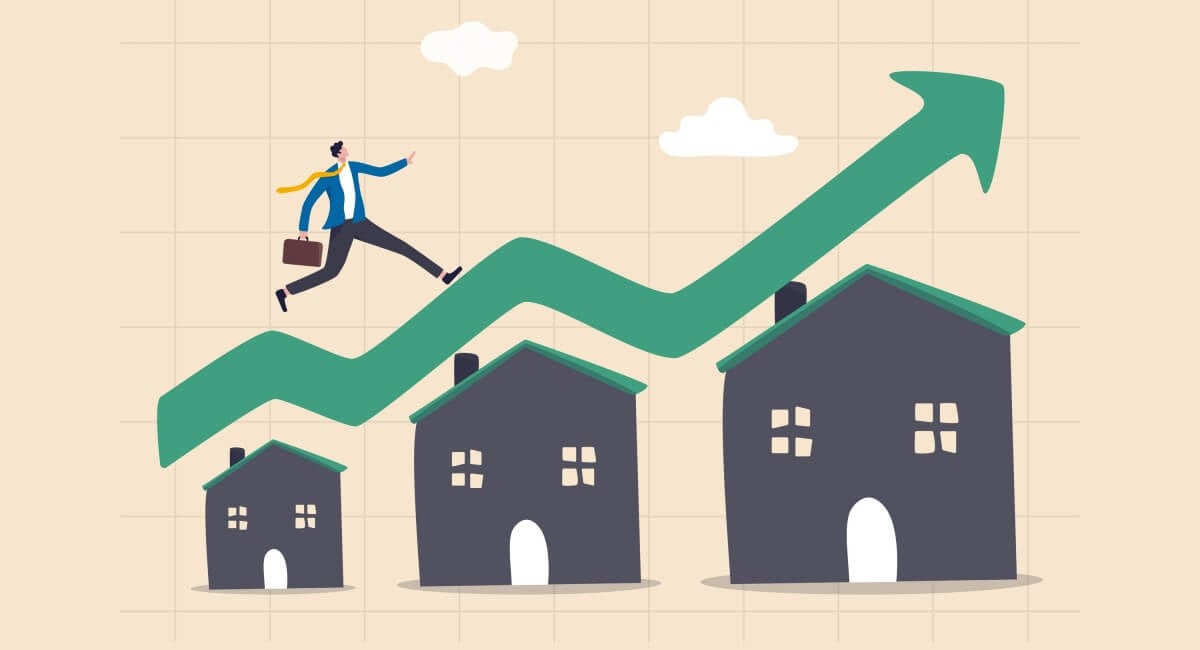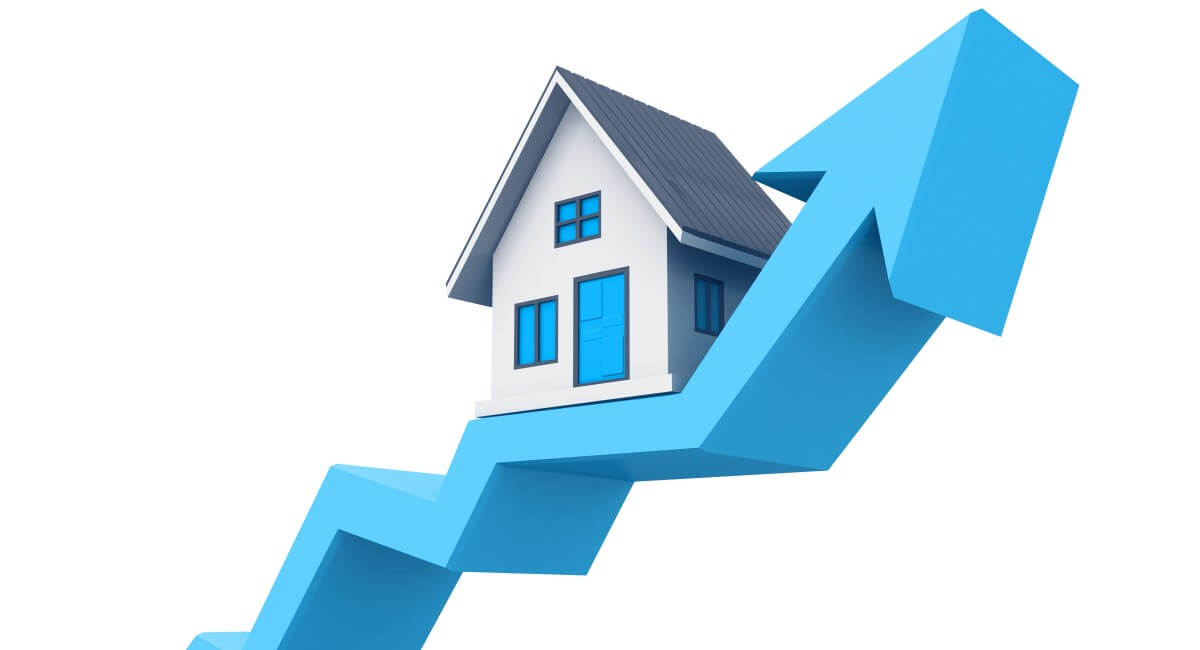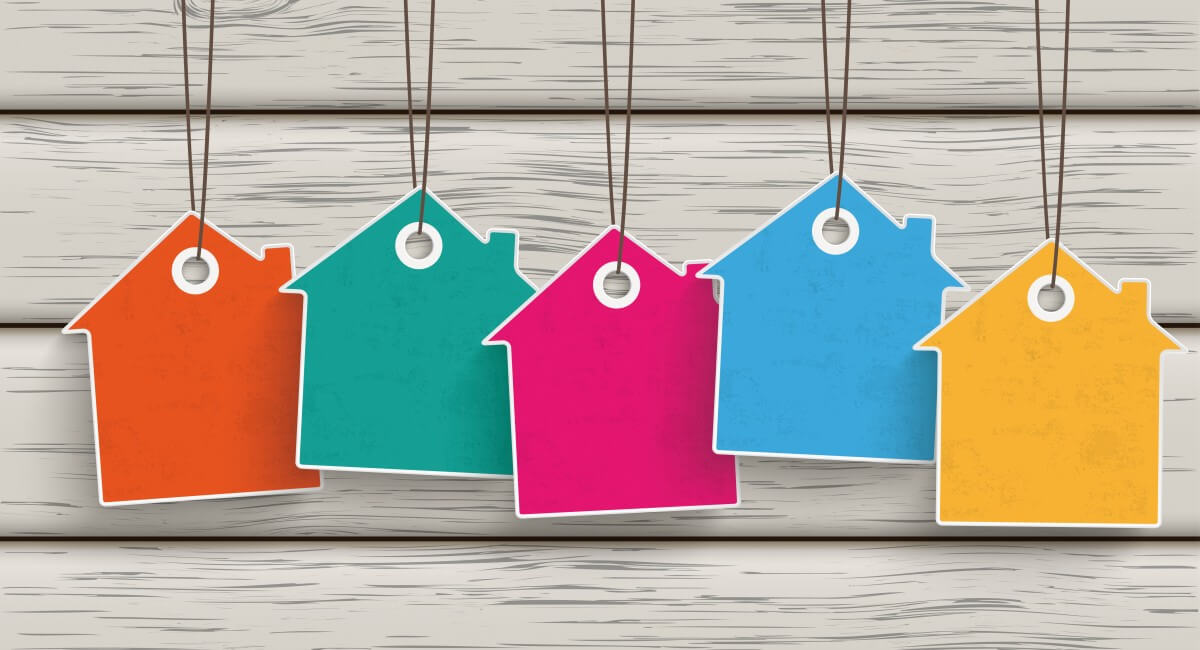Setting a listing price for your house is no simple task. Your agent will research comparable properties in your area to determine your home’s market value, but this is only the first step. Next, you have to set the specific number.
Buyer psychology is a huge consideration when marketing a property. Purchasing a home is an emotional experience, and a buyer’s gut reaction to a listing can have a big impact on their final decision. Sometimes, changing your asking price by just $100 can affect your offers.
Understanding the psychology of home pricing will help you set an asking price that generates more and higher offers. Here is everything you need to know about strategic home pricing:

How Anchoring Bias Influences Buyer Behavior
Anchoring bias is a psychological phenomenon that occurs when people make decisions based on the first number or piece of information that’s presented to them. For example, you might go into a clothing store and see an item that costs $200. Then, you look at an item that costs $75. The $75 item will seem like a great deal because you’re subconsciously comparing it to the first price you saw.
In real estate, your listing price is the anchor. It’s usually the first thing prospective buyers see, and it sends a message about the value of your home. Buyers will always have the listing price in mind when they make an offer.
Some sellers set a low asking price in hopes the listing will generate attention and create a bidding war, which will drive up the price. While listing your house slightly under its market value can be a good strategy, setting the price too low can backfire due to anchoring bias. Buyers won’t want to bid too much over the listing price because they’re anchored to that number and think that a higher offer is a bad deal.

The Dangers of Pricing Too High
Sellers sometimes try to use the anchoring effect to their advantage by setting a high listing price and letting buyers negotiate the price down. When a buyer bids under the asking price, they feel like they’re getting a great bargain.
However, pricing your house too high can create problems as well. Many buyers will simply pass your house over in favor of similar homes at lower prices. If they see your house priced at $500,000, a comparable home priced at $450,000 will feel like a steal.
A high listing price could deter buyers, leaving your home on the market for longer. The more time your house sits on the market, the fewer buyers you’ll attract. Many buyers will assume something is wrong with the property and skip over it in their home search.
Your real estate agent will research comparable homes in your neighborhood to determine your house’s market value. In most cases, pricing your home at or slightly below this amount will get you the best offers.

The Impact of Price Reduction
In some industries, a price reduction is a great way to drive sales. An item marked down to $20 from $40 feels like a bargain, largely due to the anchoring effect. In real estate, however, the psychological effects of a price reduction on buyers are not always positive.
Some buyers will see a price drop as an opportunity to get a deal on a house because they know you’re motivated to sell. Other buyers, though, will wonder if something is wrong with the property, especially if you’re in a hot market.
A price reduction can be a sign that the house was originally overpriced or that an inspection revealed a significant issue with the home. Although buyers can always do their own research and get an inspection to confirm your property is in good condition, many will pass over your listing because it raises a red flag.

Rounded vs Odd Numbers
You often see houses priced at odd numbers, such as $299,000 or $449,900. Pricing your house with an odd number is a popular strategy that can be incredibly successful as long as you stay within the right price range.
This strategy is used to price merchandise in many industries, not just in real estate. Consumers naturally look toward the leftmost number on a price tag and make a snap judgment based on that figure. A home priced at $299,000 may be only a thousand dollars off from $300,000, but it feels like it’s closer to $200,000.
Odd pricing can apply to the tens of thousands, too. For example, a listing price of $289,000 feels much less expensive than $290,000.
To use this strategy, you and your real estate agent should calculate your home’s market value and drop the listing price just below the closest round number. If your home is worth $325,000, set the price at $319,000. If it’s worth $510,000, consider dropping the price to $499,000. A small adjustment can make a big difference in the first impression your home makes on buyers.
Price Bracketing
Price bracketing is a pricing strategy that involves keeping your listing price within a popular search range. Nowadays, most buyers begin their home searches online with websites that allow them to filter by price.
Buyers usually search within a $25,000 or $50,000 price range. If your house is just above a certain bracket, you’re missing out on that pool of potential buyers. Consider dropping the price to just under your current bracket to attract more buyers.
For example, if you price your home at $455,000, buyers looking for properties up to $500,000 will see it. However, dropping the price to $449,000 will ensure that buyers searching in the $400,000 to $450,000 range will see it as well. It’s a small decrease in price, but it widens up your buyer pool significantly. You get to take advantage of the odd number pricing strategy at the same time, too.
In some cases, it can be wise to use an even number to straddle both the lower and higher price bracket. For instance, a house listed at exactly $600,000 will appear in searches from buyers looking in the $500,000 to $600,000 range and from those looking in the $600,000 to $700,000 range. This strategy conflicts with the odd number pricing strategy, though, so you and your agent should weigh the pros and cons of each tactic to decide which is better.

Pricing Your Home for Success
Pricing your house is a delicate science that shouldn’t be taken lightly. There are several strategies you can use to set a price that will drive higher offers, but it’s not a one-size-fits-all process. The right approach depends on your location, the market conditions in your area, and the value of your home. Working with an experienced real estate agent who’s familiar with your market is the best way to ensure you price your home for success.

